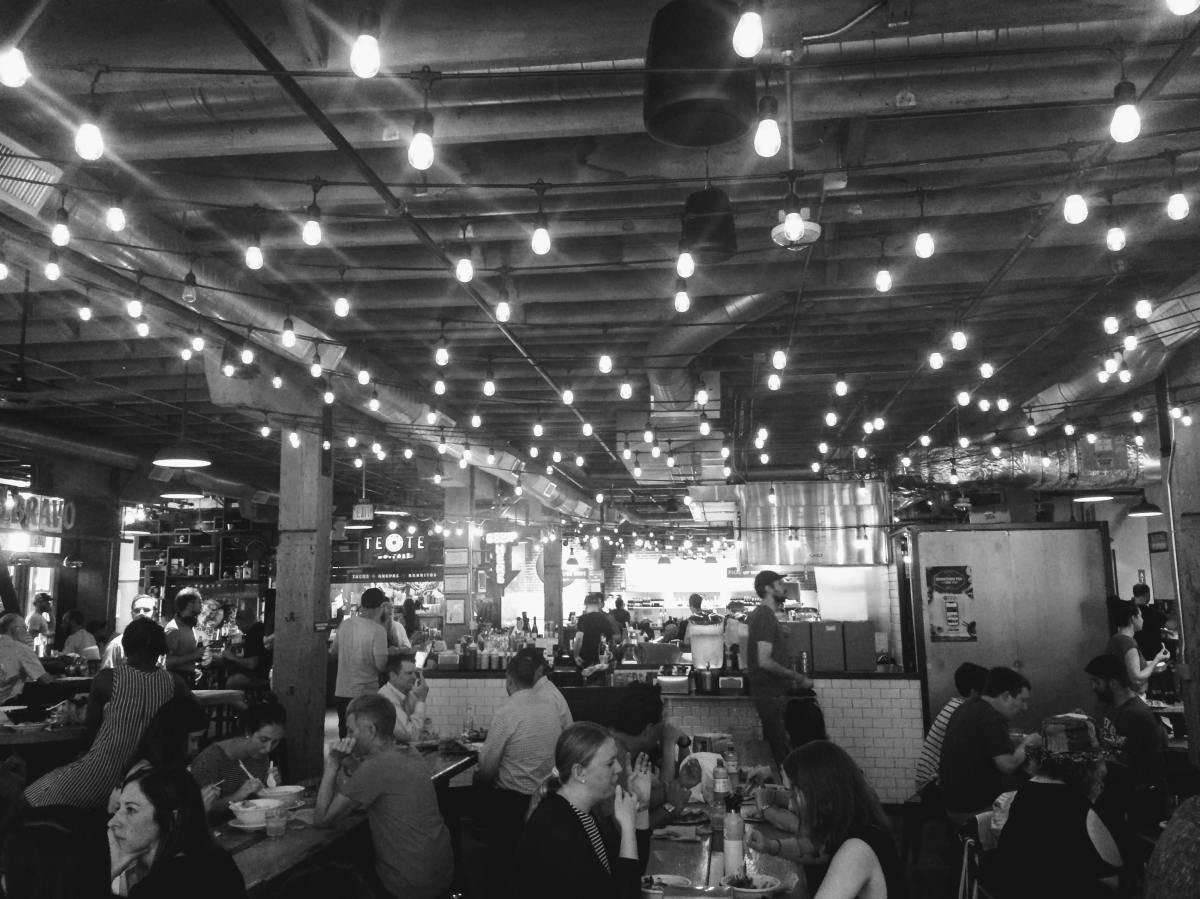With the National Cabinet turning its attention to restarting the economy, the hospitality industry has received news about the reopening of restaurants.
At a press conference on Friday 8 May, Prime Minister Scott Morrison outlined a three-step framework that will be used to gradually remove baseline restrictions and make way for a COVID-19 safe economy, with individual states and territories to determine timeframes.
Restaurant & Catering Australia (R&CA) has revealed its guidelines for reopening businesses safely, prepared at the government’s request.
R&CA’s guidelines are based on best practice principles developed by industry associations in countries that have already begun to reopen venues as well as advice from the World Health Organisation and Australian health officials.
There are two key considerations: the high number of ‘touchpoints’ within venues and balancing occupancy levels with social distancing requirements.
‘Touchpoints and training’
Tactics for reducing the number of ‘touchpoints’ include temporarily removing or increasing the limit on ‘tap and go’ payments, with sanitising wipes available for patrons who must enter a pin; removing condiments from tables and self-service stations; using disposable or laminated menus and chalkboards; using recyclable cutlery and crockery or installing a commercial dishwasher that can sanitise to 80 degrees; and making hand sanitiser accessible throughout the venue.
Staff should also practice WHO and government health guidelines such as wiping down tables and chairs between each guest. Cleaning of restrooms and other ‘touchpoints’, including door handles, will need to increase too. And table service will be favoured over bar service to mitigate the potential for patrons to hover over open drinks.
R&CA CEO Wes Lambert said the guidelines were developed in consultation with many of the association’s members, taking practicability and cost into account.
While each principle should be quick and relatively cheap to implement, front and back of house teams will need to establish new habits, which requires training.
“Ultimately, hospitality businesses are very high touch [environments],” says Mr Lambert. “You touch your mouth with utensils and you touch your mouth with glasses. And staff touch those glasses and utensils and plates. So, it’s very, very important that businesses take some type of COVID-safe training, whether that’s by business or whether it’s by person. Western Australia has chosen by person and by business. Whatever is best practice and safe and reasonable cost is what we will advocate for.”
R&CA is currently lobbying the eastern states to follow suit and making training mandatory. “It would be a micro credential, which would be either subsidised by the government or extremely low cost to individuals or businesses,” says Mr Lambert.
Such training would encompass a one- to two-hour online course that gives hospitality professionals a credential to prove they understand COVID-19 guidelines.
According to Mr Lambert, it will likely include a position similar to that of a food safety supervisor and certificates will be displayed in businesses in the same way many food safety certificates are. “That will allow consumers to feel very safe,” he says.
Tracing and capacity
Health and safety measures should be implemented in tandem with tracing efforts. “The government says that is the cornerstone to reopening businesses,” says Mr Lambert.
The R&CA is advocating for Australians to download the COVIDSafe app, but for those who chose not to, booking systems and other means should be used to record diner details.
“The added step will allow the health authorities to track and trace if there is an infection that is traced back to, or involved someone who might have been in, a restaurant,” says Mr Lambert.
“Bookings have been taken in restaurants for decades. It’s nothing new to our industry. It’s nothing new to put your name and phone number down, if you’re waiting for a table. These are all common practices. In clubs in the eastern states, you have to scan your ID to enter.”
The R&CA is pushing back on one thing: capacity. Before venues were closed for dine-in completely, a number of states and territories mandated a limit of one person per 4sqm in venues — that’s simply not feasible for many businesses, says Mr Lambert.
Although the various state and federal stimulus packages have provided some financial support for hospitality businesses, they don’t make up for the 80 per cent decline in trade reported by a significant section of the industry.
“The government has expressed there won’t be any industry-specific packages present,” says Mr Lambert. “Our members have told us that if they had to return to one per 4sqm, which is about 25 percent capacity … it would be extremely difficult for them to trade through that and many won’t. This is why we’re advocating for 1.5 metres [between tables].”
R&CA’s COVID-19 safe guidelines:
- Temporarily removing or increasing the limit on ‘tap and go’ payments, with sanitising wipes available for patrons who must enter a pin
- Removing condiments from tables and self-service stations
- Using disposable or laminated menus and chalkboards
- Using recyclable cutlery and crockery or installing a commercial dishwasher that can sanitise to 80 degrees
- Making hand sanitiser accessible throughout the venue
- Wiping down tables and chairs between each guest, cleaning of restrooms and other touchpoints, including door handles
- No bar service
- Increased tracing through bookings and recording diner details
- Social distancing in waiting areas
- 1.5m between tables

